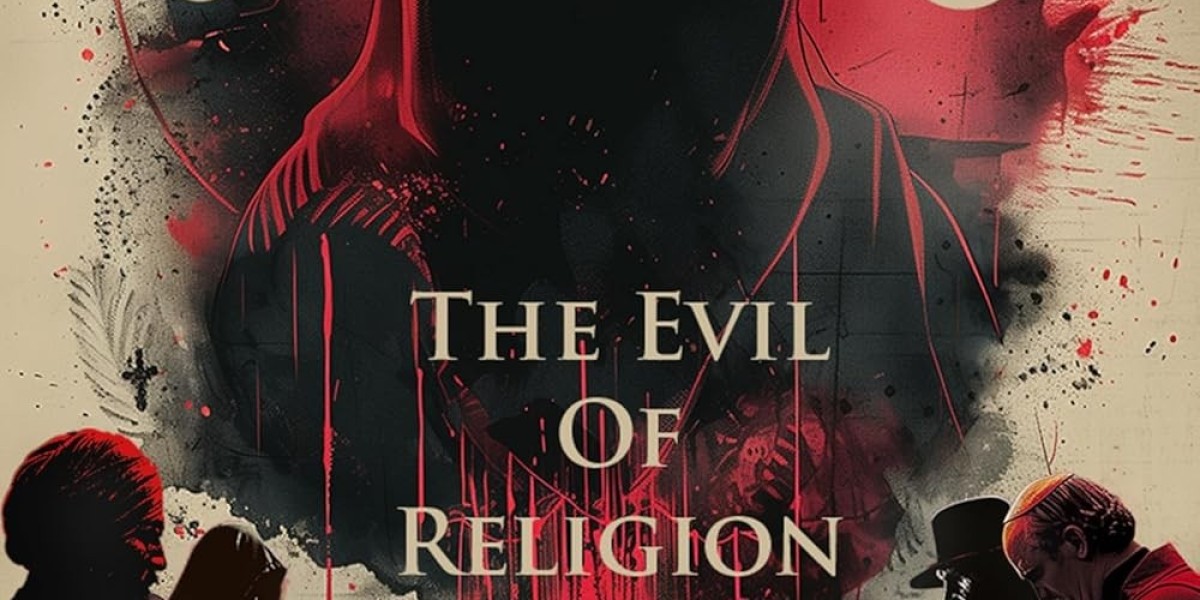In many societies, however, these frameworks take darker turns, leading to exclusion, oppression, and, tragically, violence. The caste system, in particular, deeply rooted in some South Asian cultures, exemplifies how hierarchical beliefs based on religious ideology can perpetuate systemic discrimination, often with fatal consequences. Religious extremism and caste-based violence, where prejudice against a person’s caste translates into discrimination and brutal mistreatment, reveal the deadly side of faith when it strays from its intended principles of compassion and equality.
The caste system, an ancient social hierarchy historically entrenched in Hindu society, assigns individuals to fixed roles, rights, and social standings from birth. Traditionally, this structure consists of four primary castes, or "varnas," with a fifth group, the Dalits, historically deemed "untouchables," placed outside the formal caste hierarchy. While the caste system has lost official status and support in many places, caste-based prejudice and discrimination remain widespread, especially in rural areas where tradition and social pressures dominate. For Dalits or those from other marginalised castes, discrimination often escalates to violence and persecution, undermining their basic human rights and, in extreme cases, putting their lives at risk.
A tragic example of caste-based violence is the incident in 2020 that happened when a young Dalit woman was attacked and assaulted in Hathras, India. Her attackers, all from a higher caste, inflicted unspeakable brutality upon her. This leads to her death a few weeks later. To make matters worse. Her family faced social ostracism and denial of justice when they attempted to report caste-based violence. The media and local authorities initially dismissed her story. This demonstrates how caste prejudice can pervade even institutions intended to uphold law and order. C
Religious extremism further intensifies caste-based violence by asserting that these rigid social boundaries are divinely ordained. Certain interpretations of religious texts claim that the caste system was divinely prescribed, reinforcing a social order where challenging one’s position or questioning the hierarchy is tantamount to opposing divine will. Extremist elements, using religious doctrine to enforce caste boundaries, discourage empathy and reinforce the “othering” of lower castes. This exploitation of faith to legitimize caste violence blurs the lines between religious devotion and human rights abuse.
Moreover, caste-based discrimination and violence extend beyond isolated cases. Large-scale tragedies, such as the violent clashes in the 1980s in Tamil Nadu and Maharashtra, serve as reminders of the deadly potential of caste prejudice. Protests demanding equal rights and protection for lower-caste communities were met with brutal police action, leading to multiple deaths and injuries. These cases reveal a frightening aspect of caste-based violence: its institutionalization. When systems meant to ensure justice are skewed by caste prejudice, they can perpetuate and even escalate the violence they’re supposed to prevent.
Religion has often been co-opted to enforce a caste system that conflicts with its own ethical foundations. Many religious teachings emphasize equality, compassion, and the sanctity of human life. Yet, extremist interpretations create a paradox, where the faith that should uplift communities instead subjects them to suffering. This paradox is evident in the words and actions of activists like B.R. Ambedkar, who, as a Dalit himself, converted to Buddhism to escape the oppressive structures of Hinduism’s caste system. His conversion was a powerful statement against the caste system and an assertion that one could pursue spirituality without accepting a social hierarchy that undermines personal dignity.
The intersection of religious extremism and caste-based violence isn’t limited to one faith or society. Across the world, social hierarchies are fortified by extreme interpretations of religious doctrine that manipulate belief to justify cruelty. Whether it’s the caste system in South Asia or other forms of religiously sanctioned discrimination globally, the pattern is similar: faith, when weaponized, becomes a vehicle for prejudice, leading to systemic abuse and human rights violations.
To combat this cycle of violence, society must examine and challenge the interpretations of religious doctrine that lend legitimacy to caste prejudice. Scholars, activists, and religious leaders advocating for social equality play a crucial role in reshaping narratives that uphold the caste system. These advocates emphasize that religious teachings when understood in context and without bias, advocate for human dignity and justice. Education and awareness campaigns can challenge the normalization of caste discrimination, urging communities to rethink what faith truly stands for.
In sum, caste-based violence rooted in religious extremism highlights the tragic consequences when faith strays from its intended moral path. By questioning and reinterpreting doctrines that have been used to justify prejudice and by taking inspiration from resources such as “The Evil of Religion,” societies can take a step toward dismantling the caste system’s toxic hold.
The Evil of Religion by Amarpal Singh confronts the dark side of organized religion, revealing how faith-based institutions can exploit, control, and subjugate followers under the guise of morality. Through powerful examples—such as abuse in the Magdalene Laundries and caste-based violence—this book argues that religious organizations can resemble organized crime, manipulating vulnerable individuals and justifying harm. This incisive critique calls for a critical examination of religious authority and questions the morality of unquestioned belief.



